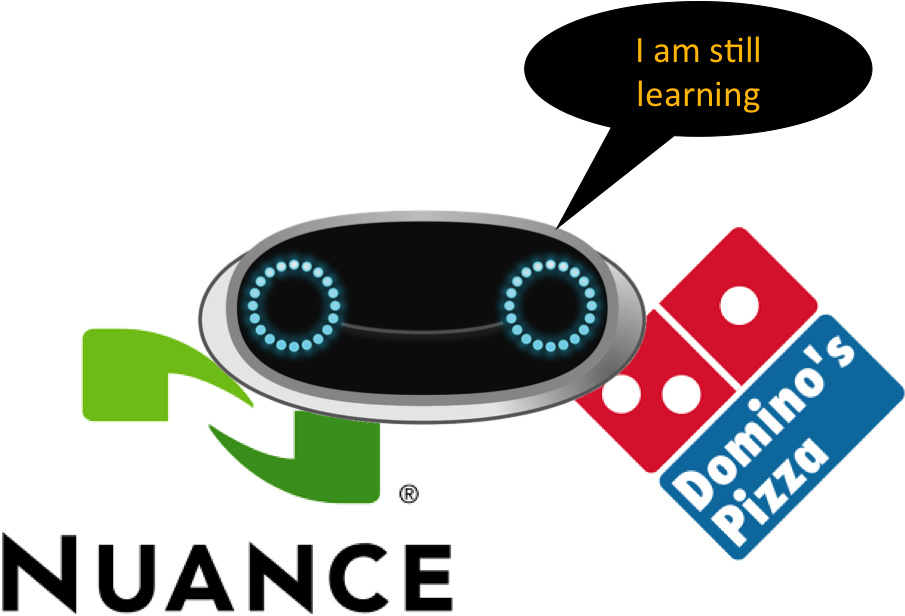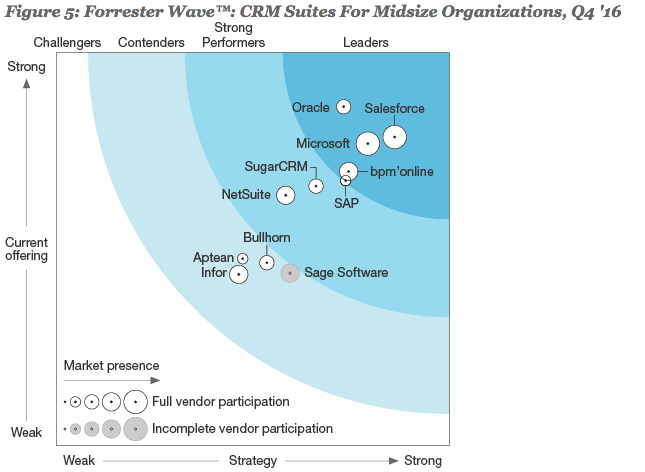
by twieberneit | Mar 31, 2017 | Blog |
Today’s customer service requirements are getting ever more complicated for businesses. Customers encountering problems increasingly rely on self-help. Customers may start looking for solutions by searching on Google, on community sites, or inside a mobile app. A logical starting point depends on the device and application, as well as personal preferences. The bottom line is: customers want to get to their solution as quickly and easily as possible, and they do not want to change their habits and preferences in order to reach support. Many companies run several customer service applications that support different channels, each with a separate knowledge base (KB) subsystem. These may include a support application for an ecommerce site, some general help pages on the company web site, and FAQs on a mobile application. For internal purposes, there might even be an Enterprise Content Management (ECM) system with information for contact agents to use but that are not published externally. Of course the normal situation for a service agent is to work on more than one channel. This means that depending on the nature of the inquiry, agents need to use and update multiple knowledge bases. This results in additional, redundant work and information. Furthermore, information gets easily out of sync—resulting in confusion. Similarly, customers need to navigate through different knowledge bases and FAQs. Apart from being highly inefficient and ineffective, this has an impact on both employee satisfaction and customer satisfaction. It leads to frustration because customers who do not find their solution need to relay the same information multiple times, and they could be put on hold while the agents research different databases,...

by twieberneit | Mar 30, 2017 | Blog |
A few weeks ago Domino’s Pizza announced that they introduced conversational AI capabilities in their ordering process to enhance the customer experience. DRU Assist, a Virtual Assistant that is powered by Nuance Technology’s Nina Intelligent Virtual Assistant technology. Of course that caught my interest, looking at AI, chatbots and Virtual Assistants for some time now from a customer experience angle. I believe that there is quite some potential in Virtual Assistants although I saw and still see some risks for customer experience in using them. Used in a wrong way, raising too high expectations that subsequently are not fulfilled, bots can kill the user experience. The doubts I expressed earlier are still there but then I am happy to be convinced otherwise. Domino’s managed a tremendous turnaround after having some serious issues late in the aughties and early tens. Apart from rediscovering quality they implemented a very strong technology strategy that helps them understanding their customers better and helps their customers to a pretty smooth ordering and delivery process. The Intention So, I took the chance to have a conversation with Nuance’s Robert Schwarz about DRU assist, and of course ordered some Pizza using DRU shortly after it came online in New Zealand. Having some Pizza-loving children and a busy lifestyle I am a frequent mobile customer of Domino’s (and no, they didn’t incentivize me for this article in any form). Unluckily I couldn’t get statements from Domino’s, but here we are … Nuance as a vendor has a long history in speech-based interfaces. According to Mr. Schwarz Nina, the Nuance technology behind DRU Assist is really good at...

by twieberneit | Mar 19, 2017 | Blog |
In his recent very readable article ‘iCXM Comes of Age – Using AI to Know, Engage, and Server Your Customers Better’, CustomerThink.com founder and chief editor Bob Thompson explored how Artificial Intelligence can improve Customer Experience Management – and with extending CXM to iCXM created a new acronym, jokingly noting that the industry is running short on buzzwords. The opportunities that Bob identifies are Knowing your customer Engaging your customer Serving your customer While this is all true, I contend that none of this is about customer experience management, simply because customer experiences are living in the perception of the customer, and hence are solely managed by the customer, not by any company. I wrote about it earlier in my article There is no customer experience without customer engagement. According to Wikipedia, customer experience ‘is the product of an interaction between an organization and a customer over the duration of their relationship. This interaction is made up of three parts: the customer journey, the brand touchpoints the customer interacts with, and the environments the customer experiences … ‘. Therefore customer experience ‘implies customer involvement at different levels – such as rational, emotional, sensorial, physical, and spiritual. Customers respond diversely to direct and indirect contact with a company.’ Lastly, customer experience ‘can be defined as the internal and personal responses of the customers …”. A company, supported by the software it uses, can engage customers in a way that these customers have a positive – or negative – experience. What now is customer experience management? Friend and CRM Godfather Paul Greenberg, in a seminal article clarified on the definitions of...

by twieberneit | Dec 1, 2016 | Analysis, Blog |
Finally, the much-anticipated Forrester Wave on CRM Suites for Mid-Sized Businesses Q4/2016 has been published by Kate Leggett and her team at Forrester Research. Besides the usual suspects Oracle, Microsoft, Salesforce, and SAP it covers 7 more vendors that fulfil Forrester’s definition of a CRM suite for mid-sized businesses. This definition roughly is To be considered a suite the software covers at least three of the CRM disciplines Marketing Sales Force Automation Customer Service Field Service E-Commerce Customer Analytics There needs to be prebuilt integration between the products, if they are not within the same system; integration shall be via open standards to allow for integrating other applications. The software needs to be targeted at organizations between 250 and 999 employees. Multiple industries need to be targeted. Of course, the solutions need to be in active use and there need to be customer references. The Forrester Wave has some interesting results, some confirming what other people see, too, others somewhat surprising. Let me start with the confirmations, continue with bits that surprised me, and close with an SAP specific view. The Confirmations Of course, we are talking cloud – cloud and nothing else. As can be expected all vendors strive to deliver a toolset that helps their customers to deliver consistent customer experiences. Now I, and others, would argue that the experience is largely in the realm of the end customer and the users and that there is nothing like a ‘system of experience’. Delivering consistent experiences encompasses far more than a CRM suite. But then it is far easier (and sexier) to talk about delivering experiences than about...

by twieberneit | Aug 9, 2016 | Blog |
In the past weeks I found more and more articles like this one that talk about the importance of continually exceeding customer expectations to be able to deliver a positive customer experience. Only this way, companies get advised, will they achieve customer loyalty and advocacy. I, frankly, find this more than a bit disconcerting. To me this seems to be a very wrong objective to put the sole focus of customer experience management on. Minimally it is a very short sighted objective. Not to be misunderstood. As a customer I like my expectations exceeded, too. Why is the objective wrong, then? Where we are at … For a starter, and that may be true for many other customers, consumers as well as business customers, we have grown to expect very little. This is probably following many disappointing encounters where already the basics go very wrong. I am talking about basics customer experience failures like: Being ‘targeted’ by and served with irrelevant marketing e-mails, or plainly with too many of them Complicated onboarding processes Unavailable, uninterested, or plainly overly busy in-store personnel, or the personnel not having information at their hands Long wait times in the customer service lines, even in chats Inadequate solutions to problems Different experiences when using different channels, like the necessity to repeat information Delivery windows that span a whole day Information about delays not being provided Confirmations that differ from the agreement Privacy policies that almost need a law degree, are very long and that put the customer on the back foot Loyalty programs that clearly rather serve the company than offering value to the...






